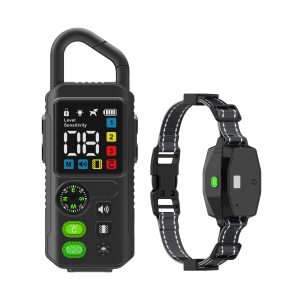Do In-Ground Dog Fences Have to Be Buried?
In-ground dog fences are a popular choice for pet owners looking to keep their furry friends safe within a designated area. One common question that arises is whether these fences need to be buried underground for effective containment. Let’s delve into this topic and explore the ins and outs of in-ground dog fences.
Benefits of Buried In-Ground Dog Fences
When considering in-ground dog fences, burying them can offer several advantages. Firstly, burying the wire provides added protection against damage from lawnmowers, wildlife, and other external factors. This ensures the longevity and functionality of the fence over time.
Installation Process
Installing a buried in-ground dog fence requires some effort and planning. First, you need to dig a trench around the perimeter where you want the fence to be placed. The wire is then placed in the trench and covered with soil. This process can be time-consuming, but it is essential for a secure and effective containment system.
Alternative Solutions
However, if burying the wire seems daunting or impractical, there are alternative solutions available. Some dog fences come with above-ground options that can be secured to existing fences or placed strategically around the area to be contained. While these may not offer the same level of protection as buried fences, they can still be effective in keeping your pet safe.
Effectiveness of Buried vs. Above-Ground Fences
Studies have shown that buried in-ground dog fences tend to be more reliable and durable compared to above-ground alternatives. The buried wire is less susceptible to interference from external factors and provides a consistent boundary for your pet.
Final Thoughts
While burying an in-ground dog fence may require more effort upfront, the long-term benefits often outweigh the initial investment. Whether you choose to bury the wire or opt for an above-ground solution, the most important thing is to ensure that your furry friend is safe and secure within the designated area.




